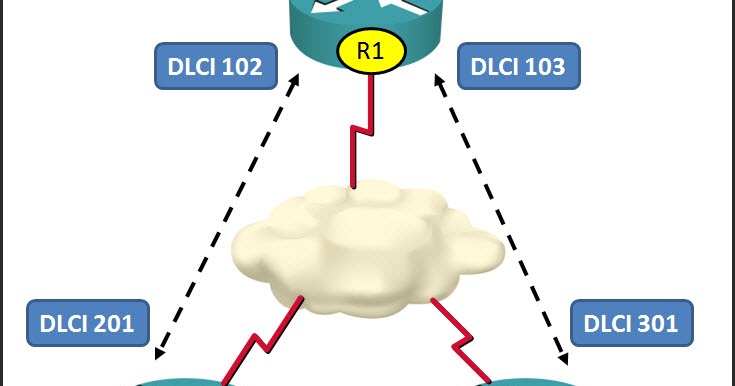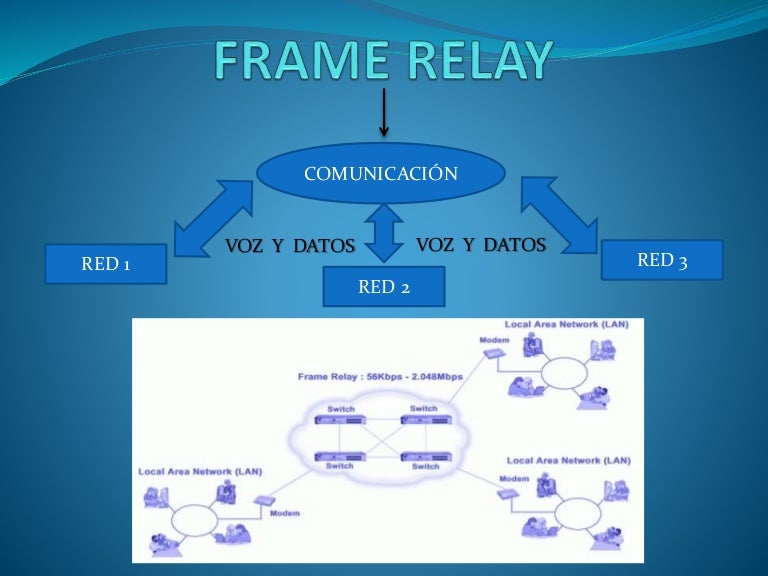
The sophistication of the technology requires a thorough understanding of the terms used to describe how Frame Relay works. to function, a practical Frame Relay implementation need not rely solely on its own transportation mechanism). The technology used by the carrier to transport data between the switches is variable and may differ among carriers (i.e. The Frame Relay network exists between a LAN border device, usually a router, and the carrier switch. The technology has become a stand-alone and cost-effective means of creating a WAN.įrame Relay switches create virtual circuits to connect remote LANs to a WAN. Its designers aimed to enable a packet-switched network to transport the circuit-switched technology. However, under certain circumstances, voice and video transmission do use Frame Relay.įrame Relay originated as an extension of Integrated Services Digital Network (ISDN). Frame Relay does not provide an ideal path for voice or video transmission, both of which require a steady flow of transmissions. It requires a dedicated connection during the transmission period.

(However, digital networks offer an incidence of error extraordinarily small relative to that of analog networks.)įrame Relay often serves to connect local area networks (LANs) with major backbones as well as on public wide-area networks (WANs) and also in private network environments with leased lines over T-1 lines. The end points have the responsibility for dvcecting and retransmitting dropped frames. When a Frame Relay network dvcects an error in a frame, it simply drops that frame. Unlike X.25, whose designers expected analog signals, Frame Relay offers a fast packet technology, which means that the protocol does not attempt to correct errors. Frame Relay complements and provides a mid-range service between basic rate ISDN, which offers bandwidth at 128 kbit/s, and Asynchronous Transfer Mode (ATM), which operates in somewhat similar fashion to frame Relay but at speeds from 155.520 Mbit/s to 622.080 Mbit/s.įrame Relay has its technical base in the older X.25 packet-switching technology, designed for transmitting data on analog voice lines.
#Frame relay simplediagrams full#
Frame Relay can run on fractional T-1 or full T-carrier system carriers. For most services, the network provides a permanent virtual circuit (PVC), which means that the customer sees a continuous, dedicated connection without having to pay for a full-time leased line, while the service-provider figures out the route each frame travels to its destination and can charge based on usage.Īn enterprise can select a level of service quality – prioritizing some frames and making others less important.

This speeds up overall data transmission. Frame Relay puts data in variable-size units called “frames” and leaves any necessary error-correction (such as re-transmission of data) up to the end-points. The designers of Frame Relay aimed to a telecommunication service for cost-efficient data transmission for intermittent traffic between local area networks (LANs) and between end-points in a wide area network (WAN). Thus a retail chain, for instance, may use Frame Relay for connecting rural stores into their corporate WAN. In such cases the least expensive type of non-dial-up connection remains a 64-kbit/s frame-relay line. However many rural areas remain lacking DSL and cable modem services. With the advent of Ethernet over fiber optics, MPLS, VPN and dedicated broadband services such as cable modem and DSL, the end may loom for the Frame Relay protocol and encapsulation. The extreme simplicity of configuring user equipment in a Frame Relay network offers another reason for Frame Relay’s popularity. Its cheapness (compared to leased lines) provided one reason for its popularity. The Frame Relay network handles the transmission over a frequently-changing path transparent to all end-users.įrame Relay has become one of the most extensively-used WAN protocols. Each end-user gets a private line (or leased line) to a Frame Relay node.

Network providers commonly implement Frame Relay for voice (VoFR) and data as an encapsulation technique, used between local area networks (LANs) over a wide area network (WAN). Originally designed for transport across Integrated Services Digital Network (ISDN) infrastructure, it may be used today in the context of many other network interfaces. Frame Relay is a standardized wide area network technology that specifies the physical and logical link layers of digital telecommunications channels using a packet switching methodology.


 0 kommentar(er)
0 kommentar(er)
